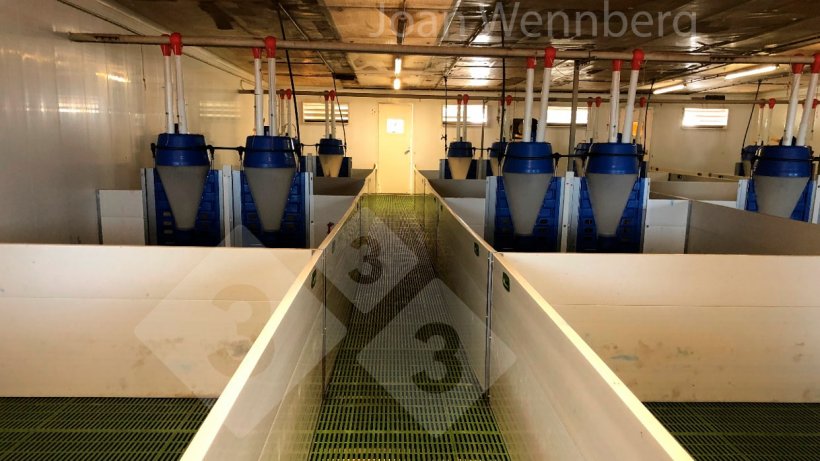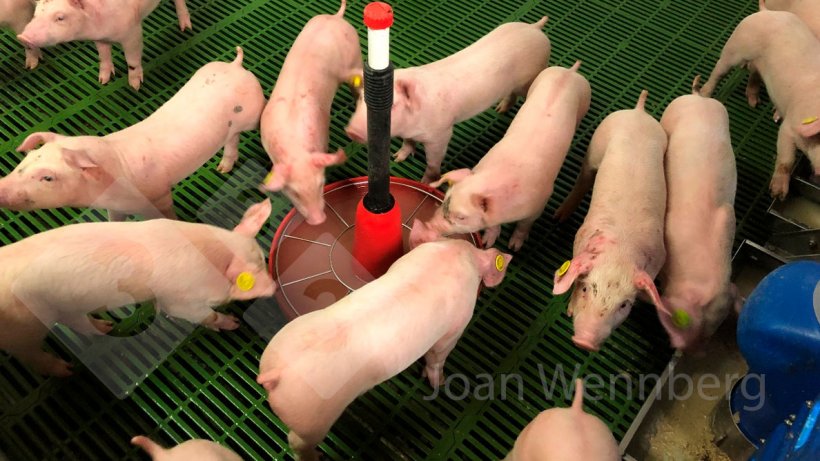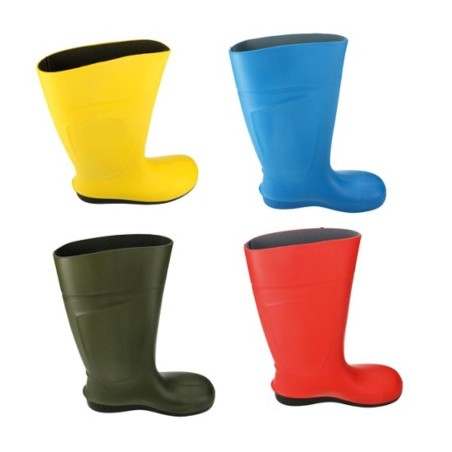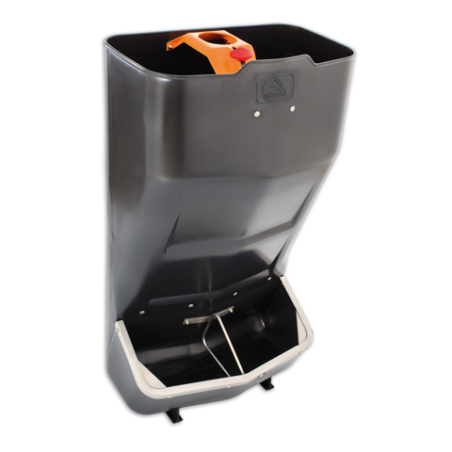Preparing the room
There the authors are in consensus on how the process should start: with a prepared room, meaning it is clean, dry, and preheated to about 25 ºC (Image 1).


Gielen places emphasis on cleaning. Although there are tools such as environmental sample collections to monitor cleanliness, the most important thing is that the room looks clean to the eye, especially the drinkers and hoppers, which too often are not cleaned well. High value is placed on disinfection, but if cleaning isn't done well then disinfection is useless. He makes it clear: The best disinfectant is time.
García explains that cleaning should also include the water system. In all rooms there should be a tap at the end of the line to allow the water to run and cleaning to be done. Additionally, if water has remained stagnant in the pipes during the room's downtime we should reopen the end of the line before the piglets enter.
García goes into more detail about preparing the room: "I like the piglets to have a certain amount of feed already in the hoppers. And if drying powder is used, I like it to be in place before the piglets go in".
Encouraging feed consumption
Some piglets go many hours, or even days, without eating after weaning. This is due to different reasons such as poor adaptation to feed consumption, stress caused by weaning, etc. This phenomenon, commonly known as post-weaning fasting, ends up causing a shortening of the intestinal villi, which in turn predisposes the piglets to malabsorption and post-weaning diarrhea.
Therefore, promoting early feed intake after weaning is essential. The authors explain how to achieve this.
Gielen summarizes very cleary that weaning is a verb, and therefore implies an “action.” It is not enough to separate the piglets from the sows, take the piglets to the new location, and close the door until the next day. Being dedicated to the piglets for the first 48 hours post-weaning is key. Piglets should have feed in the hopper and additional feed in dishes. At least four times a day during the first 48 hours they should be encouraged to eat by adding additional feed in the dishes. We should not forget to also encourage water consumption (Image 2).

He insists that it is essential for the piglets to have the same feed as they did in the farrowing room for the first two to three days. It is necessary to avoid too "luxurious" of feeds, with excess sugar, high protein, etc.
García explains his protocol. The first thing is to receive the animals with the same feed they had eaten in the farrowing room. The hoppers are always supplemented with additional dishes until the fifth to seventh day.
"I don't use gruel because of the management difficulties it poses. Water with electrolytes is put in the dishes right away. When there is a small amount of water left in the dish, a small amount of feed is added so that the piglet can make its own gruel and starts to eat. But this only has a stimulating function. The aim is to get the piglet to eat from the hopper".
Facilitating water consumption is another essential point. García tells us that to facilitate this, he prefers not to work with individual cups, but with multiple cups, since it is easier to get one piglet to stimulate another. He also opts for continuous flow valves.
Their opinions do not coincide as much when it comes to regulating the hoppers.
For García it is very important that in those first days the hoppers are very closed, allowing the piglet to eat, but slowly, to avoid digestive overload. "I want to see very little feed in the bottom of the hopper. In those first days, the piglet does not have enough digestive maturity to handle a lot of feed. Instead, it can handle well small amounts of feed several times a day, and it has all day to eat."
Gielen on the other hand, believes that feed consumption should be facilitated 100%, which is why offering plenty of feed at the bottom of the hopper makes it easier. He explains: "I don't think a piglet will eat too much. What could go wrong would be the piglet eating too much bad feed, being poorly adapted to feed consumption, etc”.
However, he agrees that disordered feeding should be avoided. Piglets that do not eat anything for two days and then eat all at once will most likely have diarrhea problems. Therefore, it is necessary to focus on this type of piglet (they can be recognized because they have yellow feces), separating them, encouraging them to eat, and again, reviewing the management of the creep feed in the farrowing room if there is a high proportion of these piglets.
Another important detail is that the feed in the hoppers should be fresh. The hoppers must be filled so that there is enough feed for a maximum of two to three days, but not enough for a week.
Both authors consider the hours of light during the first days to be important in facilitating the piglet's adaptation to the new location. García states: "16 hours at the beginning for the first three or four days. In some farms a service light is left on so that there isn't total darkness. We seek to provide tranquility and, above all, to extend the hours in which the piglet eats".
We cannot end without highlighting the importance that the two authors place on the need for farmers involved in this task to be trained in the management and requirements of the first days after weaning and to have the necessary time to devote to these critical first days.







